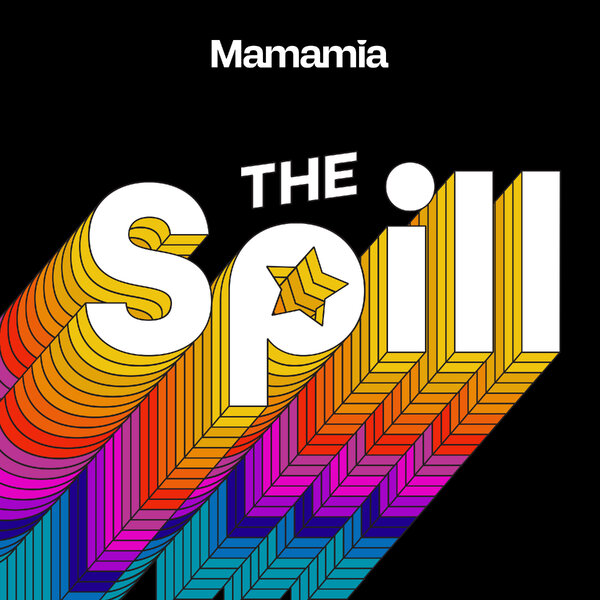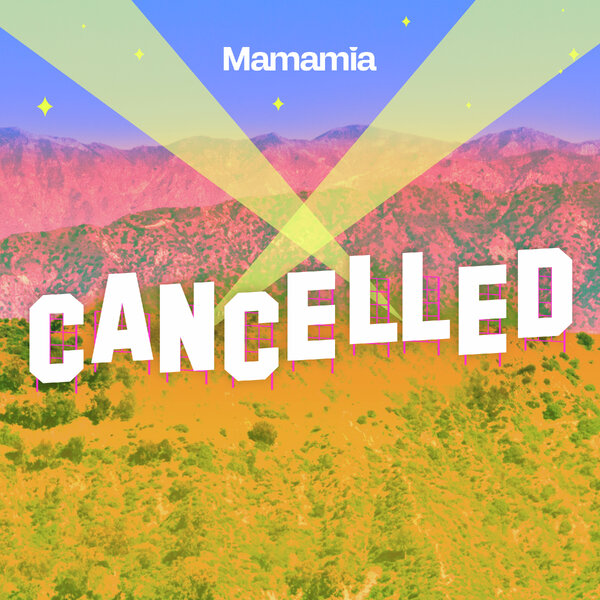There weren’t a lot of women in Triple J’s Hottest 100.
This is a statement that we hear every year. The countdown happens, and as we get closer to number one, the rumbling gets louder.
“Where are the women?” people ask (well, women mostly).
They direct their anger at the artists who are there, and the station itself, and usually there is at least one person who bites back, saying it’s hard work that put them in the top ten.
This year, with no women making it into the top ten at all (sure, a couple of tracks featured women but the artists were men) the conversation was inevitable.
Overall, 24 songs in this year’s hottest 100 were by women (and four of them were by the same woman, Courtney Barnett).
That’s pretty sad.
But it’s also bang on. Over the life of the Hottest 100, on average there have been just 23 songs by women a year. In 2002, just 12 songs were by women.
And no solo female act has ever taken the top spot. Three bands with female members have, but none were all-woman acts.
Here’s the thing. The gender disparity in the Hottest 100 is a reflection of the far bigger problem of gender inequity in the music business generally.
It’s a structural disadvantage, much like the one causing all the #OscarsSoWhite debate that has led to a shake up of the Academy of Motion Picture Arts and Science.
That was the point of a tweet yesterday that highlighted more students from elite school St Kevin’s had taken the top spot than solo women.
One of those men, Chet Faker, missed the point a bit and tweeted about how hard he’d worked to get there.






























































































